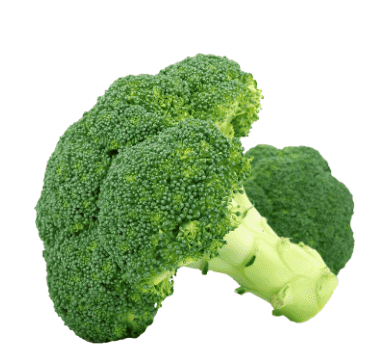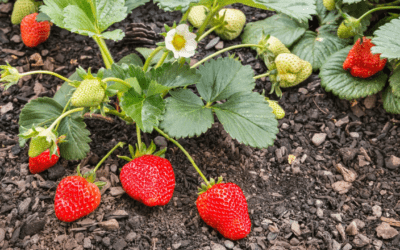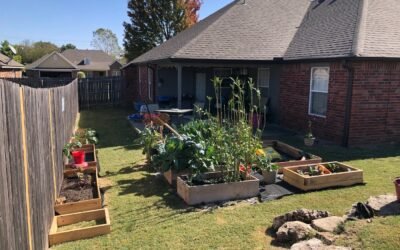Growing broccoli from seed to harvest is a rewarding gardening endeavor. Broccoli is a cool-season crop that requires careful attention to detail. Here’s a complete grow guide, including instructions for starting seeds indoors and transplanting them into your garden:




 By following this comprehensive grow guide, you can successfully grow and harvest delicious broccoli in your garden. Starting seeds indoors allows you to get a jump start on the growing season and produce healthy transplants for your garden. Enjoy your homegrown broccoli!
By following this comprehensive grow guide, you can successfully grow and harvest delicious broccoli in your garden. Starting seeds indoors allows you to get a jump start on the growing season and produce healthy transplants for your garden. Enjoy your homegrown broccoli!

1. Choosing the Right Broccoli Variety:
- Select a broccoli variety suitable for your climate and growing conditions. Common choices include Calabrese, Waltham, and Purple Sprouting.
2. Planning and Preparation:
- Determine the appropriate planting time based on your climate. Broccoli can be grown in both spring and fall.
- Choose a sunny location with well-drained soil. Broccoli prefers soil with a pH between 6.0 and 7.0.
- Prepare the soil by clearing weeds and adding organic matter like compost or well-rotted manure.
3. Starting Broccoli Seeds Indoors:
- Start broccoli seeds indoors 6-8 weeks before the last expected frost date in your area.
- Plant seeds in seed trays or pots filled with a seed starting mix.
- Plant seeds 1/4 inch deep and water gently.
- Maintain a temperature of 60-75°F (15-24°C) until seedlings emerge.
- Once seedlings have two true leaves, transplant them to individual pots.

4. Transplanting Broccoli Seedlings:
- Transplant broccoli seedlings into the garden when they have 3-4 true leaves and are 4-6 inches tall.
- Space plants 18-24 inches apart in rows that are 24-36 inches apart.
5. Care and Maintenance:
- Water consistently to keep the soil evenly moist but not waterlogged.
- Apply a layer of mulch to retain soil moisture and prevent weeds.
- Fertilize with a balanced, all-purpose organic fertilizer every 3-4 weeks.
- Protect young plants from pests like cabbage worms and aphids using row covers or organic insecticides.
- Thin plants if necessary, leaving the healthiest ones to grow to maturity.

6. Growing Conditions:
- Broccoli prefers daytime temperatures between 60-70°F (15-21°C) and nighttime temperatures above freezing.
- Ensure your broccoli plants receive at least 6 hours of direct sunlight daily.

7. Head Formation:
- Broccoli will form a central head. Harvest it when it is compact and tight, before it starts to flower.
- Use a sharp knife to cut the head just below the main stem, leaving some stem attached.
8. Side Shoots:
- After harvesting the main head, many broccoli varieties will produce side shoots. Continue to harvest these as they develop for a prolonged harvest.
9. Storing Broccoli:
- Store freshly harvested broccoli in the refrigerator. It can stay fresh for up to two weeks.
- You can also blanch and freeze broccoli for long-term storage.

10. Crop Rotation:
- To prevent soil-borne diseases, avoid planting broccoli in the same location for at least two years.
11. Common Problems:
- Watch for common broccoli pests like cabbage worms, aphids, and slugs. Address infestations promptly.
- Keep an eye out for diseases like clubroot and downy mildew. Choose disease-resistant varieties and practice good crop rotation.
 By following this comprehensive grow guide, you can successfully grow and harvest delicious broccoli in your garden. Starting seeds indoors allows you to get a jump start on the growing season and produce healthy transplants for your garden. Enjoy your homegrown broccoli!
By following this comprehensive grow guide, you can successfully grow and harvest delicious broccoli in your garden. Starting seeds indoors allows you to get a jump start on the growing season and produce healthy transplants for your garden. Enjoy your homegrown broccoli! 


0 Comments